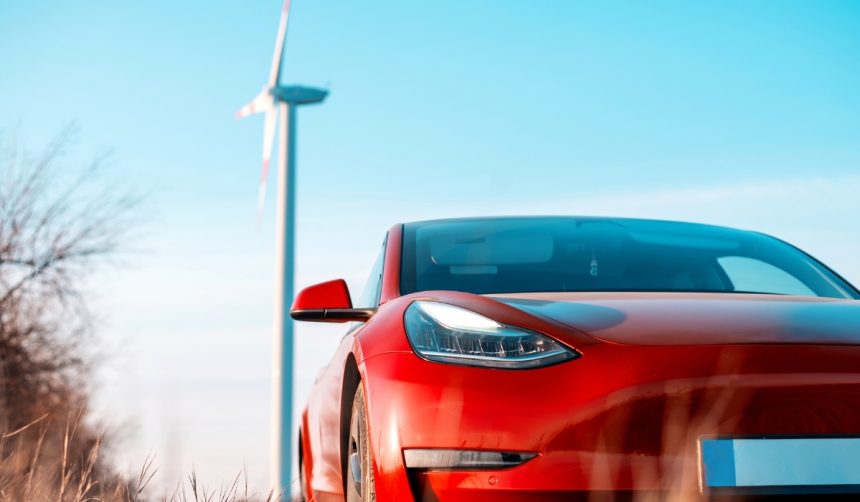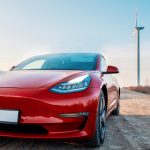Embarking on an ambitious journey, a Tesla Model 3 owner has utilized Full Self-Driving (FSD) technology to navigate from Henan Province, China, to the base camp of Mt. Everest. The journey demonstrates the practical capabilities of Tesla’s autonomous driving software. This endeavor highlights the potential ease and convenience FSD can bring to extensive road travels, especially on challenging terrains.
Tesla vehicles have been on extensive expeditions before, showcasing their durability and technology. Previously, in September 2020, a Tesla Model 3 manually completed a 5,500 km journey to the base camp of Everest. The trip involved strategic planning, as the route now benefits from 11 Supercharger stations set up by Tesla China by April 2021. The presence of these stations has since facilitated many Tesla models, including the Model X and Model Y, to successfully reach the base camp without major issues.
How is the journey progressing?
Recent updates from the current journey suggest the Model 3, equipped with FSD, is on track to reach its destination. Footage circulating on Chinese social media platforms showcases the vehicle maneuvering through sharp mountain roads and breathtaking landscapes. The drive to Everest exposes both the vehicle and the technology to extreme conditions, adding a significant milestone to FSD’s capabilities.
What does similar past travels indicate?
These expeditions aren’t a novel feat for Tesla owners or enthusiasts. Previous successful attempts indicate that Tesla vehicles can withstand arduous routes, further establishing them as reliable options for adventurers. The establishment of Supercharger stations has proved crucial for these long-distance travels, emphasizing the importance of infrastructure in facilitating EV journeys.
What risks and opportunities does this journey present?
The trip presents risks, such as challenging driving conditions and high altitudes where drivers occasionally need oxygen. However, it also serves as an opportunity to showcase the robustness and reliability of Tesla’s FSD technology in real-world scenarios. Such feats could potentially enhance consumer confidence in autonomous vehicles, highlighting their capacity to handle diverse and strenuous conditions.
Observing how FSD technology is integrated into real-world scenarios presents valuable insights about its potential. While this ambitious journey tests the limits of Tesla’s autonomous driving capabilities, it also underscores the need for continued improvement and infrastructure development. Enhanced EV technology and infrastructure integration is crucial for building consumer trust and facilitating more sustainable travel options.










